Betel nut is an important crop of West Bengal. As betel nut remains in the same field for many years, it is cultivated in barjas or pandals under artificial shade in humid environment and food and other essentials are supplied at the root, in soil, in kilns. That is why this plant is highly susceptible to diseases and pests and once diseased cannot be easily cured. For this, proper care, use of balanced fertilizer, application of medicine in right amount at right time, i.e. through proper management, the tree should be made fresh, healthy, strong, resistant to diseases and insects. As a result, diseases and insects will be less, cost will be reduced. Yield will be high and good price will be available. Although betel nut cultivation is quite profitable, it requires considerable capital investment and careful cultivation. Only through proper care is it possible to produce disease-free, healthy betel leaves.
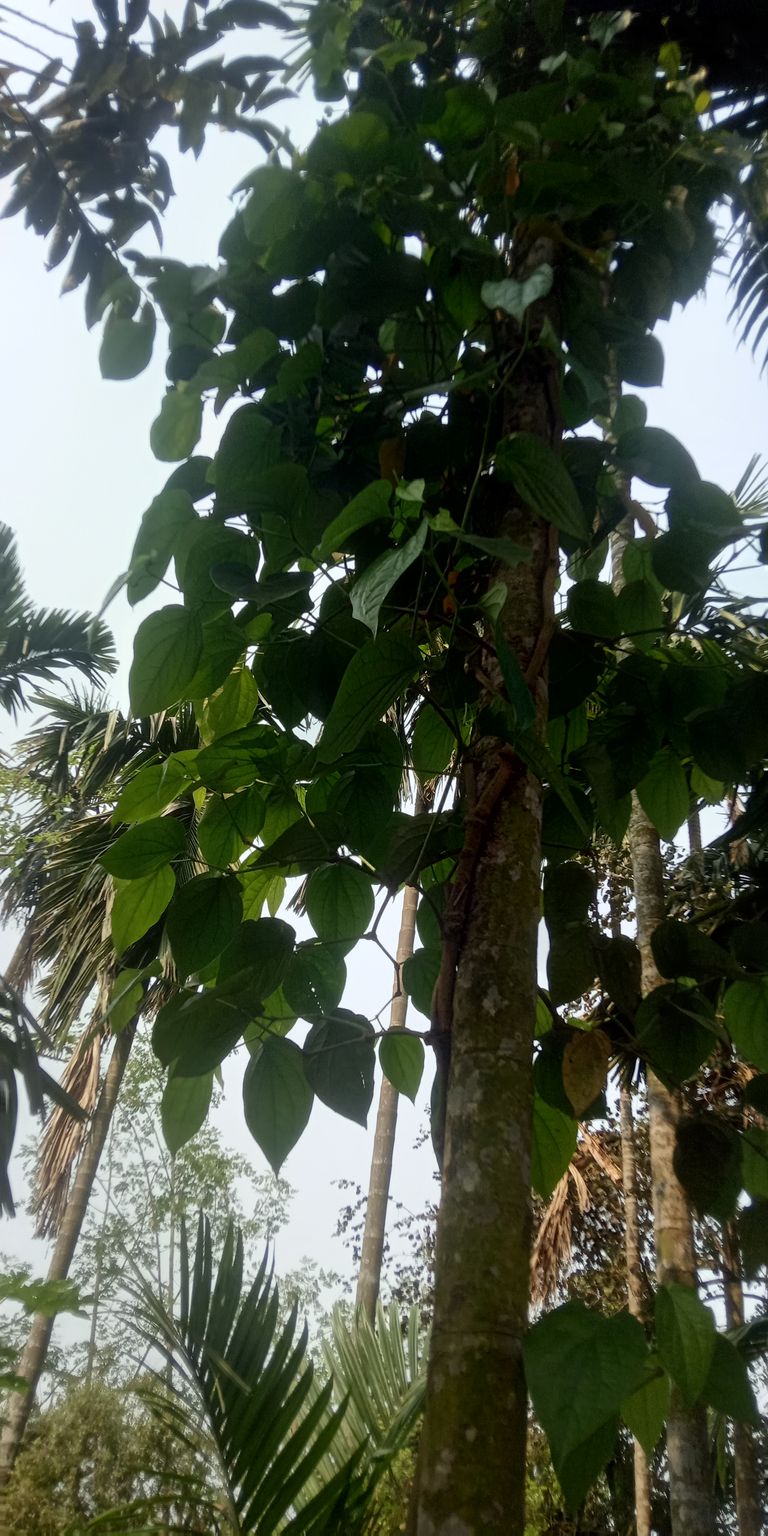
Here are the step-by-step steps to make an ideal pan baraj:
- Selection of right land:
High, fertile, well-drained loam, clay loam soils are suitable for this cultivation. Soil p. H. (acidity or alkalinity) value should be close to '7'. The ground floor of the barge or the plate should be at least 10-15 cm higher than the surrounding ground level.
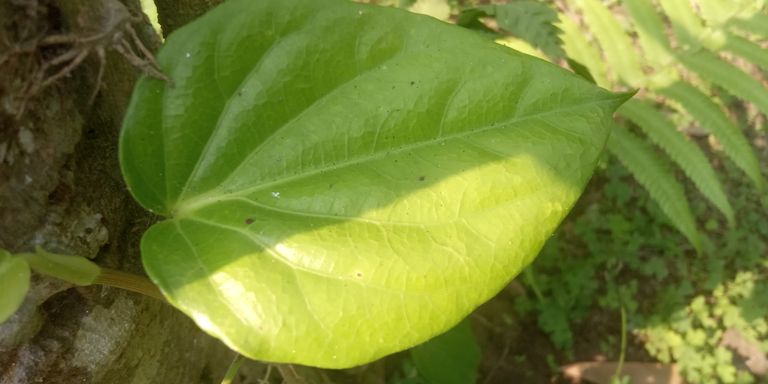
- Land preparation or plate preparation and soil treatment:
Organic fertilizers (compost, kheal) should be applied in large quantities to the land and mixed well with the soil after plowing three to four times.
After that, the floor or plate of the barge should be beaten and hardened. The plate should be covered for at least one month with a white transparent polythene sheet.
After fifteen days, the polythene should be removed and thoroughly soaked with 40 percent formalin solution (mixed with 6 ml per liter of water) and covered with polythene again.
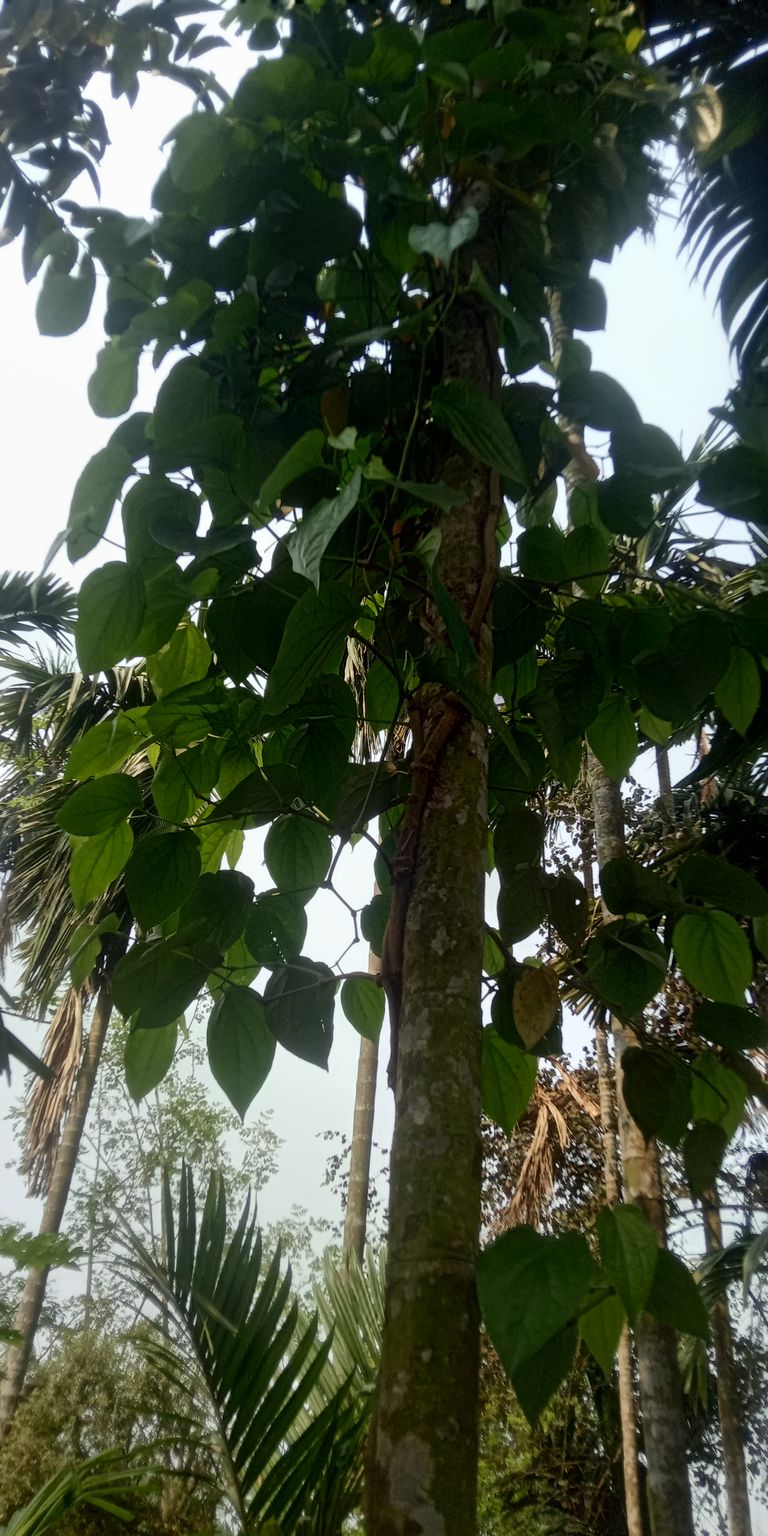
After 10 days in the same way remove the polythene and soak the plate with formalin water and cover it.
After 5-10 days, plants can be planted in that land by preparing Bhati/Mada/Pili. The soil that will be put in the barge should be collected and stored in one place and treated with formalin and polythene in the same manner. In this case the soil should always be covered with transparent white polythene.
- Selection of “mother” tree:
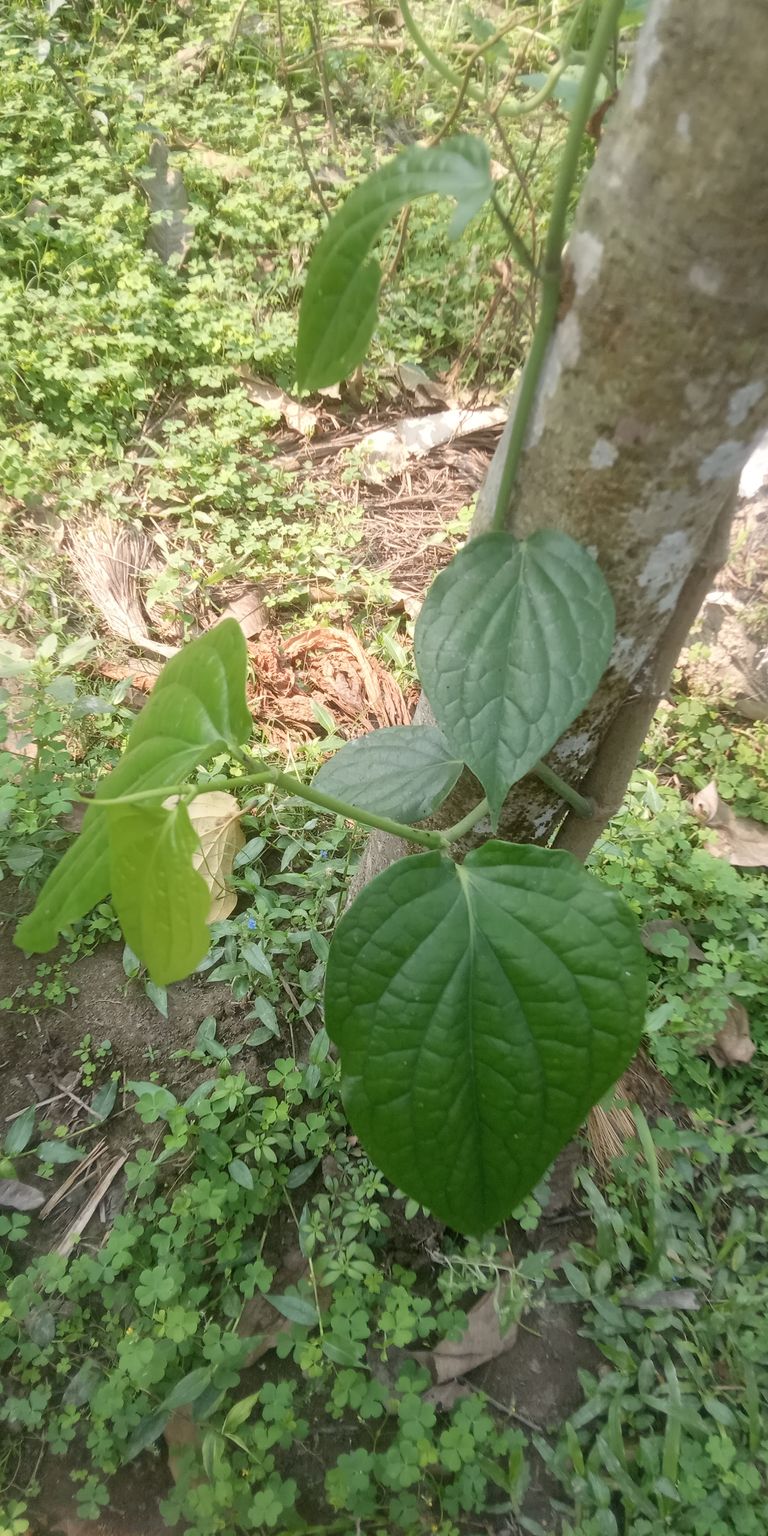
It is better to select the preferred variety and collect seedlings from a local barrage.
Seedlings or vines should be collected from disease free (especially Angari) healthy, strong, fresh, 4-5 years old betel nut trees.
Some of the improved varieties of betel: Bengal (Kalidhal, Benarasi, Bhabani, Aimal, Kore Bengal or Genthe Bengal), Sanchi (Banlata, Sonali) and Mithapata (Thakpala, Gantpala and Palamukt hybrids). This name is based on different areas.
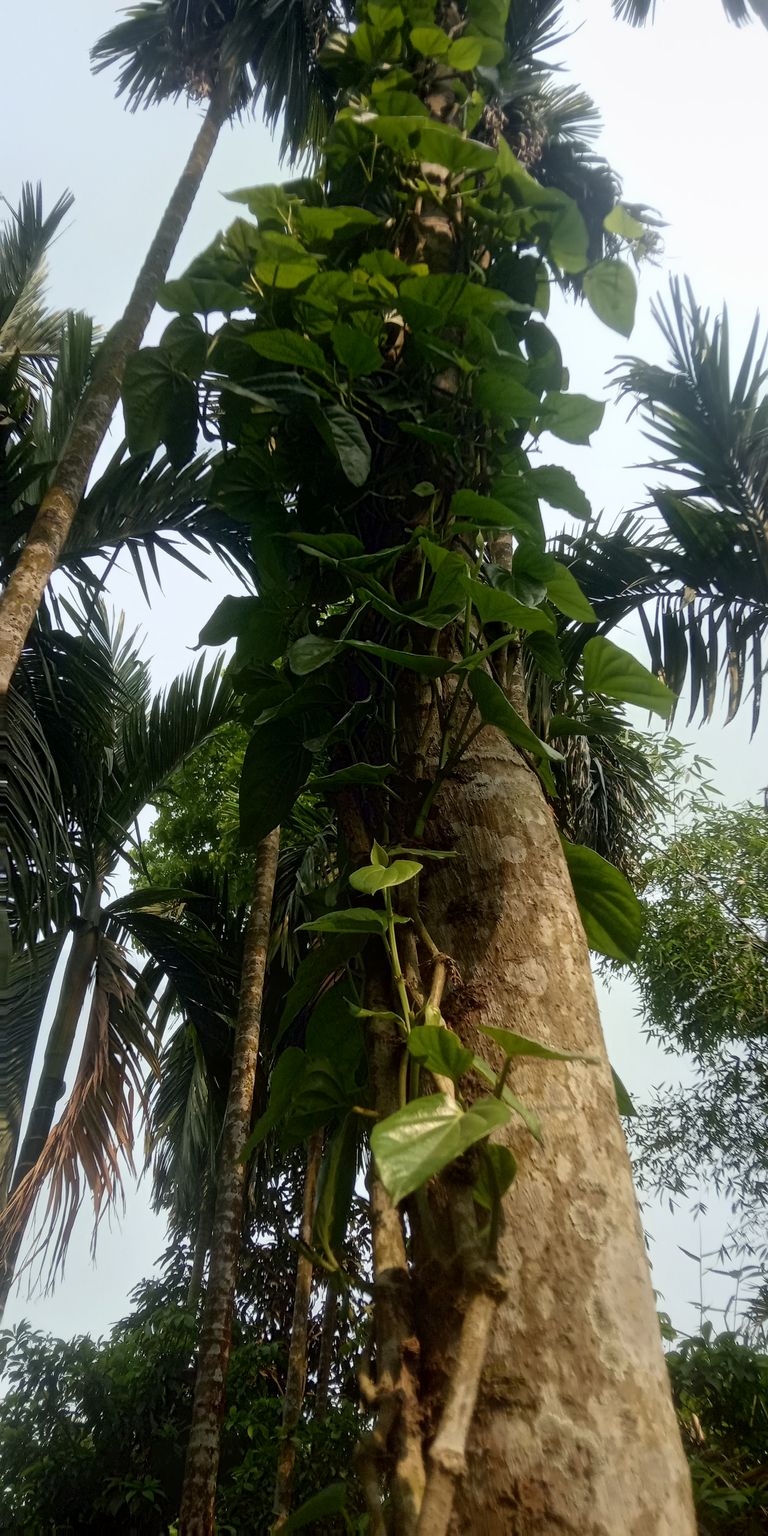
After selecting the “mother” plant, the mother plant should be treated at least 7-10 days before cutting. If possible, medicine should be applied '2' times at an interval of 10-15 days.
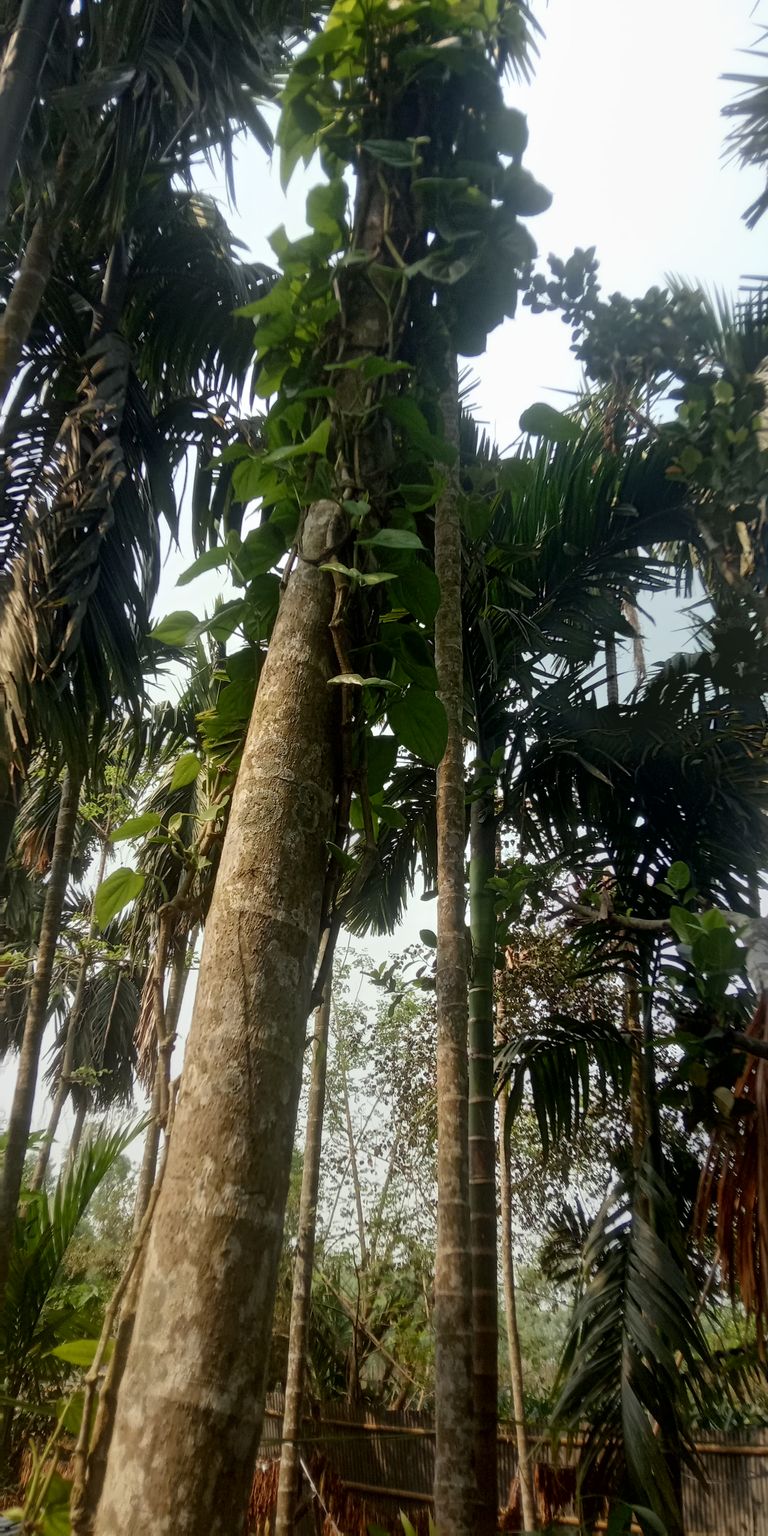
5-6 days before cutting the seedlings, breaking 2-3 cm towards the tip of the plant gives good results. Collect from within 1 meter above the tree.
2-3 knotted betel vines should be cut into tercha (pitcher cut) and collected.
Organic fungicides and fungicides such as Trichoderma viridi and Pseudomonas fluorescens can be mixed with organic fertilizers and applied at the base of the plant. Or chemical treatments, 0.5 percent Bordeaux mixture or copper oxy-chloride (4 g/l) can be applied.
It is recommended to cut the saplings with a sharp sickle, blade or knife treated with datal, spirit or fire.
Sapling/Vine/Seed Treatment:

Antibiotics such as Trichoderma viridi and Pseudomonas fluorescens 20-25 gms per liter. Dip in water for 25-30 minutes or chemical medicine 0.5 percent bordeaux mixture or captan like drug pellets (2 g/l) for 20 to 25 minutes in water or dip the root of seedling.
Now dry the seedlings in the shade and soak them in the shade for 4-5 minutes with root growth hormone such as Rutex, Rootgrod, CuttingAid, Oxyroot etc. 2-3 grams per liter of water. Then the seedlings should be planted in pots or piles.

Distance of planting vines/seedlings:
The distance between two pots or piles should be 50-55 cm and the distance between two seedlings should be 10-15 cm.Structure of barge:
(a) Height :
The height of the barge should be 2 meters i.e. close to 6 feet.
(b) Canopy :
Necessary shelter should be provided to avoid intense sun, otherwise the leaves will turn pale, whitish.
Canopy should be reduced during rainy season and winter so that it receives light sun. But in order to prevent cold wind, fog, gust of wind from hitting the tree and so that it does not damage the tree, the surrounding fence should be done well.
- Fertilizer application:
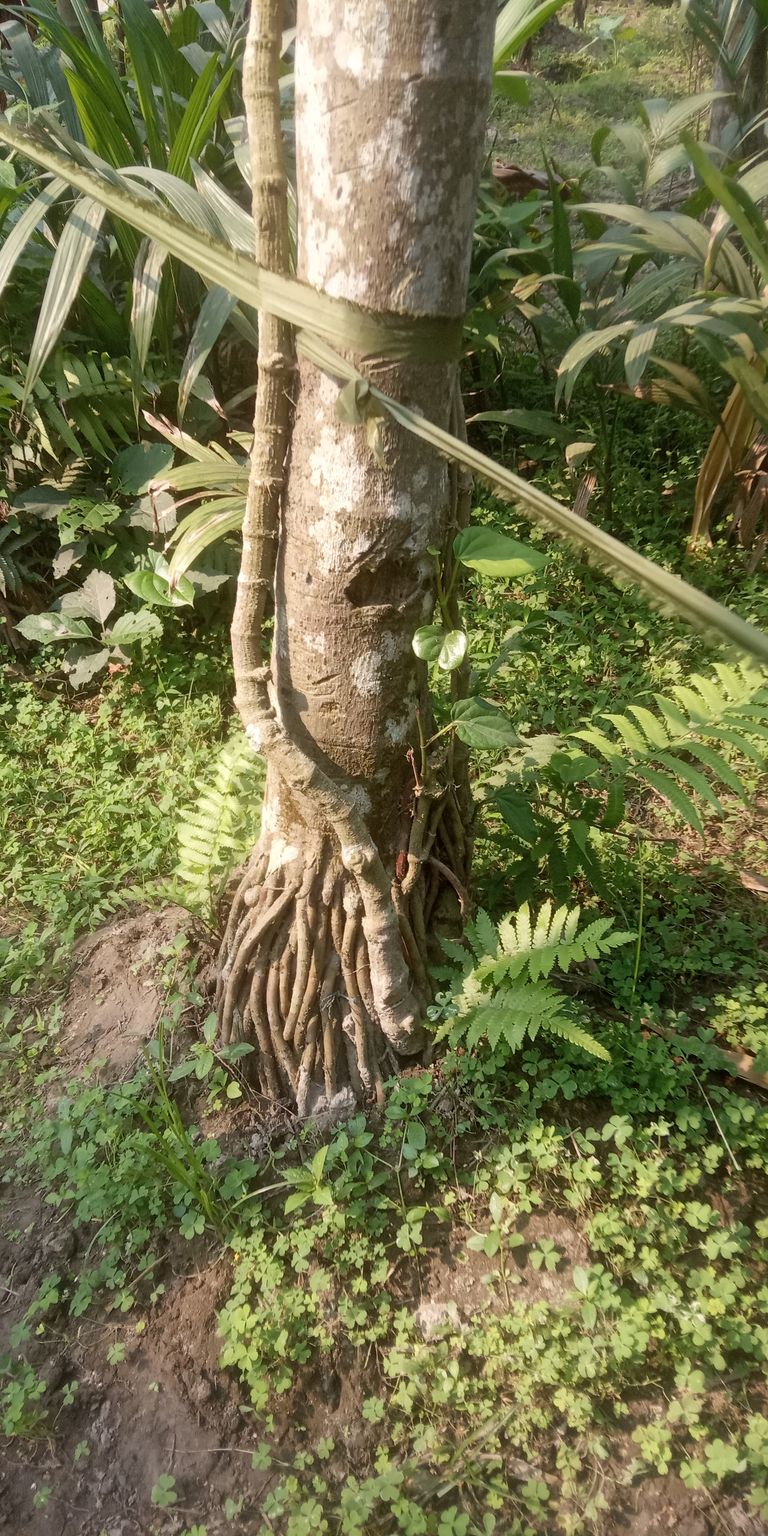
Always apply the required fertilizer based on soil test. Fertilizer should be applied every 40-45 days.
However, a small amount of fertilizer once every month gives good results, the list of food required for a year of 6 trees with 2,500-3,000 trees is given along with nitrogenous chemical fertilizers along with Azotobacter 800 grams and phosphate-forming chemical fertilizers along with P. S. B. 500 grams of phosphate solvent should be used. It will require less fertilizers.
6 wood barges with 2500-3000 trees per year
staple food
Nitrogen : –
7 kg. Time of application of nitrogenous fertilizers
Phosphate : –
3.5 kg, it is better to avoid fertilizers like urea or ammonia. Otherwise there is a possibility of root rot disease.
Phosphate
Potash :-
7 kg
potash
secondary food
Calcium :-
Chelated calcium 0.5 grams per liter 5-6 times a year. It should be sprayed in water.Manganese sulfate 4 K. Gr. per bigha per annum.
Upvoted. Thank You for sending some of your rewards to @null. Read my last posts to make sure that BLURT burning is profitable for you. Before using this bot please make sure your account has at least 100 BP. Get more BLURT:
@ mariuszkarowski/how-to-get-automatic-upvote-from-my-accounts@ blurtbooster/blurt-booster-introduction-rules-and-guidelines-1699999662965@ nalexadre/blurt-nexus-creating-an-affiliate-account-1700008765859@ kryptodenno - win BLURT POWER delegationNote: This bot will not vote on AI-generated content